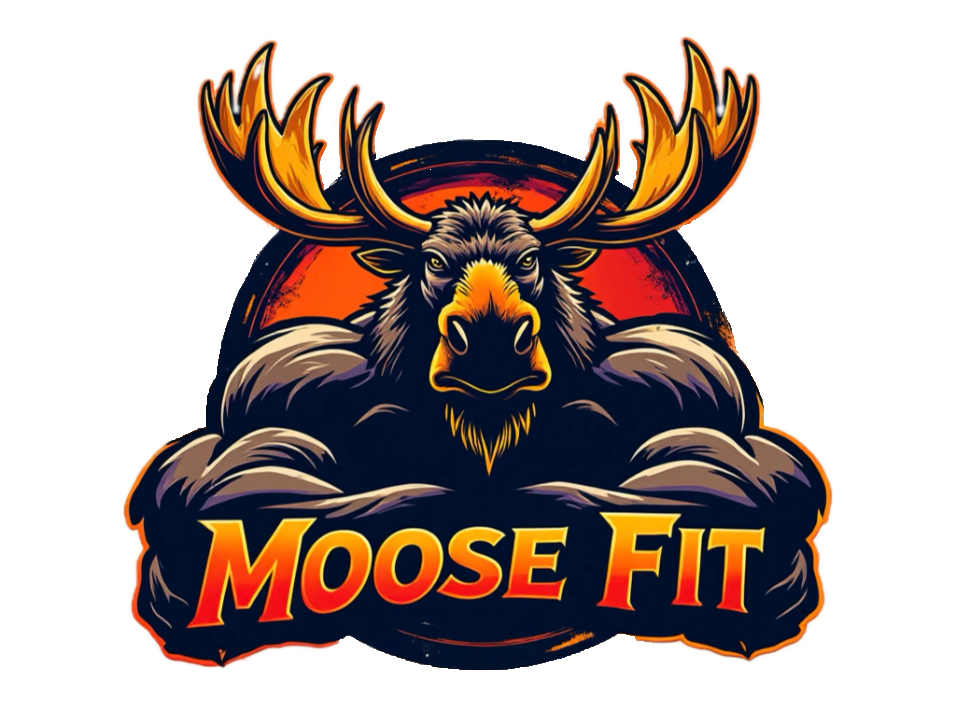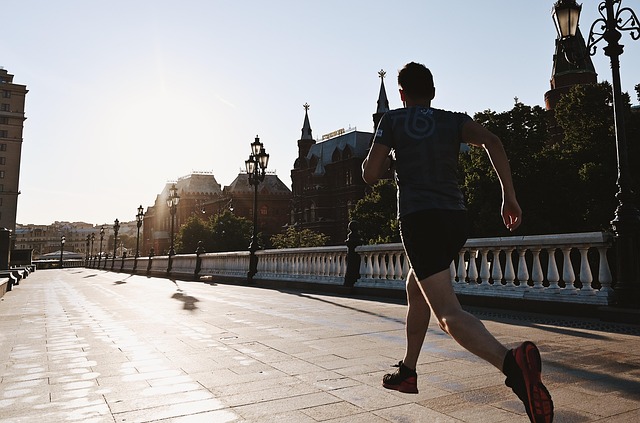Footwear plays a critical role in athletic performance, particularly in weightlifting and fitness training. Among the trending choices, zero-drop shoes with a wide toe box have gained attention for their supposed benefits in stability and biomechanics. But do they truly enhance performance, or are they just another fitness fad? Let’s dive into the research to separate fact from fiction.
Why Zero-Drop, Wide-Toe Box Shoes Matter
Traditional athletic shoes often come with an elevated heel, which can alter posture and running mechanics. Zero-drop shoes maintain a level foot position—heel and forefoot at the same height—which promotes a more natural stance and movement pattern. When paired with a wide toe box, they allow the toes to splay naturally, improving balance and proprioception.
This design is inspired by barefoot running principles, which researchers from Harvard University suggest may reduce impact forces and improve stability. Studies published in Frontiers in Physiology further support the idea that foot posture significantly affects running and weightlifting mechanics.
The Benefits of Zero-Drop Shoes in Weightlifting
1. Increased Stability
A flat, level sole allows the foot to maintain full contact with the ground, improving balance. Stability is essential in exercises like squats and deadlifts, where proper foot positioning can mean the difference between success and injury prevention.
2. Strengthened Foot Muscles
Unlike cushioned shoes that restrict natural foot movement, zero-drop shoes encourage the activation of stabilizing muscles. Research in the Journal of Biomimetics, Biomaterials and Biomedical Engineering shows that habitual barefoot runners develop stronger foot and lower leg muscles, potentially benefiting lifters who need enhanced foot control.
3. Improved Posture and Mechanics
Elevated heels can push the body forward, causing strain on the knees and lower back. A zero-drop design keeps the body in a more neutral alignment, reducing unnecessary stress during workouts.
4. Enhanced Proprioception
Sensory feedback from the ground helps athletes fine-tune movements, leading to better control and technique. Studies on barefoot training highlight improvements in coordination, which translates into more precise lifts.
Potential Drawbacks and Considerations
1. Transition Period
Switching to zero-drop shoes too quickly can lead to discomfort or injury. Since they require stronger foot muscles, it’s important to ease into them with progressive training. Experts recommend a gradual transition to avoid strain on the Achilles tendon and plantar fascia.
2. Less Cushioning for High-Impact Activities
While these shoes excel in lifting, they may not be ideal for running or jumping-intensive workouts where impact absorption is critical. Athletes who perform plyometrics or long-distance runs may need additional support.
3. Not Suitable for All Foot Types
Those with existing foot conditions, such as plantar fasciitis or flat feet, may need specialized footwear. A consultation with a podiatrist can help determine whether zero-drop shoes are a good fit for an individual’s biomechanics.
Barefoot Running: A Natural Alternative?
The concept of zero-drop shoes stems from barefoot training principles, which have been studied extensively. Research from Harvard University suggests that running barefoot promotes a forefoot strike pattern, reducing joint impact. Similarly, findings in Frontiers in Physiology indicate that foot posture affects injury risk and performance.
However, barefoot running requires adaptation. Athletes transitioning from traditional footwear must strengthen foot muscles and adjust their gait to avoid discomfort. Running barefoot on safe, even surfaces can help develop proper biomechanics before moving to more challenging terrain.
How to Transition to Zero-Drop Shoes or Barefoot Running
- Start Slowly: Walk barefoot or in minimalist shoes before running or lifting.
- Strengthen Foot Muscles: Exercises like toe curls, arch lifts, and calf raises can aid the transition.
- Use Proper Form: Aim for a forefoot strike in running and maintain full foot contact during lifts.
- Train on Soft Surfaces: Grass or sand can ease the adaptation process before transitioning to harder ground.
- Listen to Your Body: If discomfort arises, scale back and progress gradually.
Final Thoughts
Zero-drop shoes with a wide toe box offer undeniable benefits for weightlifting and fitness by promoting stability, strengthening foot muscles, and encouraging better posture. However, they require a thoughtful transition and may not suit every training style. For athletes interested in barefoot principles, gradual adaptation is key to maximizing performance while minimizing injury risk.
As with any fitness gear, personal biomechanics play a vital role. Testing different footwear options and consulting movement specialists can help determine the best fit for long-term training success. Whether embracing barefoot running or lifting in minimalist shoes, understanding how our feet interact with the ground can be a game-changer in achieving optimal performance.

